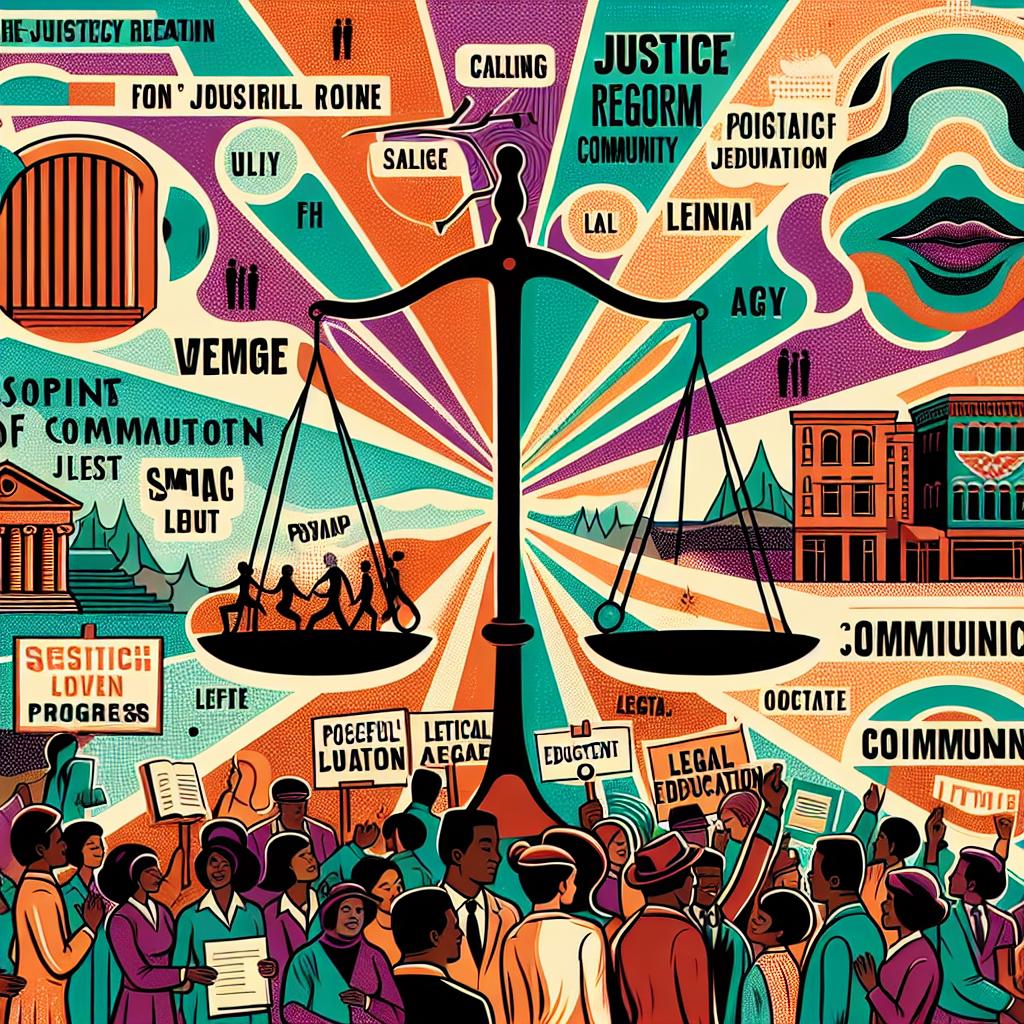The Crisis of Mass Incarceration
Mass incarceration has emerged as a pervasive issue in the United States, significantly impacting communities across the nation, particularly communities of color. According to the Bureau of Justice Statistics, more than 2 million people are currently incarcerated in jails and prisons, revealing an alarming trend that has shaped public discourse around crime and punishment.
For many, this systemic flaw has torn communities apart. Families are disrupted, children grow up without parents, and entire neighborhoods find themselves mired in the consequences of a punitive legal system.
In a society that claims to value justice and equality, these figures are a jarring reminder that our current approach has failed many. To understand the depth of this crisis, a closer look at related statistics is essential: studies illustrate that Black Americans are incarcerated at more than five times the rate of white Americans. This disproportionate impact on people of color not only strains their communities but is also highlighted in discussions on social justice, civil rights, and economic equity.
Rethinking Crime and Punishment
Addressing the intricacies of criminal justice reform requires a fundamental shift in how we conceptualize crime and the resulting punishment. Innovative perspectives are needed where the focus shifts from retribution and punishment to understanding and rehabilitation.
As the narrative around crime evolves, it becomes clear that we need to restore humanity to our justice system. The focus should be on ending the cycle of poverty and imprisonment that traps so many individuals and families. Policy experts argue that criminal justice reform is not solely about lowering incarceration rates but about building frameworks that foster growth and dignity.
For instance, research from The Sentencing Project points out that shorter sentences combined with services post-release can substantially lower recidivism rates. It has been demonstrated that within three years, nearly two-thirds of released individuals will be rearrested. Such statistics call for immediate action towards reform—and this change begins with redefining the system’s purpose.
Pathways to Reform: Investing in Communities
To reconstruct a shattered system, investment in education, mental health, and job training holds profound potential. Various studies espouse that educational initiatives can lead to lower crime rates and serve as effective crime deterrents. Programs targeting educational deficiencies not only yield better opportunities for future generations but also alleviate factors contributing to criminal behavior.
Moreover, mental health has become a critical area of focus within reform discussions. With nearly 19% of the incarcerated population suffering from a mental illness, diverting individuals from incarceration to treatment must become a priority. Integrating mental health resources into the justice framework can directly address root causes that lead to criminal conduct.

Another essential dimension of reform is providing comprehensive job training programs. Evidence suggests that individuals equipped with job skills experience significantly lower re-arrest rates. Organizations that support professional training help reintegrate formerly incarcerated individuals back into society, fostering a greater sense of purpose and community involvement.
Moving Beyond Tough on Crime Mentality
As we reflect on the previous decades dominated by a “tough on crime” mentality, it becomes increasingly clear that such an attitude is not only ineffective but also destructive. The escalation of prison populations has not translated to enhanced public safety. Instead, it has exacerbated social inequalities.
Reform advocates are imploring lawmakers to embrace a narrative of real solutions that uplift families and communities. This call to action involves fostering a justice system that prioritizes rehabilitation, restorative justice, and community engagement.
As we embark on this journey of reform, it’s critical that policymakers, community members, and change agents collaborate. Segregated discussions fail to yield lasting solutions; a unifying effort is necessary for true, progressive change.
Ultimately, the boundaries of justice cannot be defined by outdated paradigms. A commitment to change can lay the groundwork for a system that better serves society as a whole. To do so, we must advocate for the humanity of all individuals entangled in the criminal justice process, emphasizing the principle that they deserve a second chance—because systemic change also means recognizing the broader humanity that connects us all.



